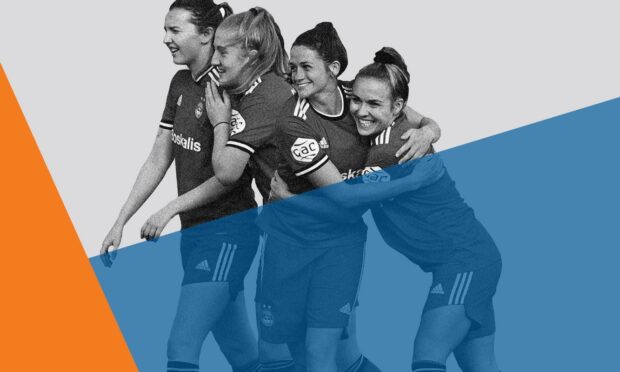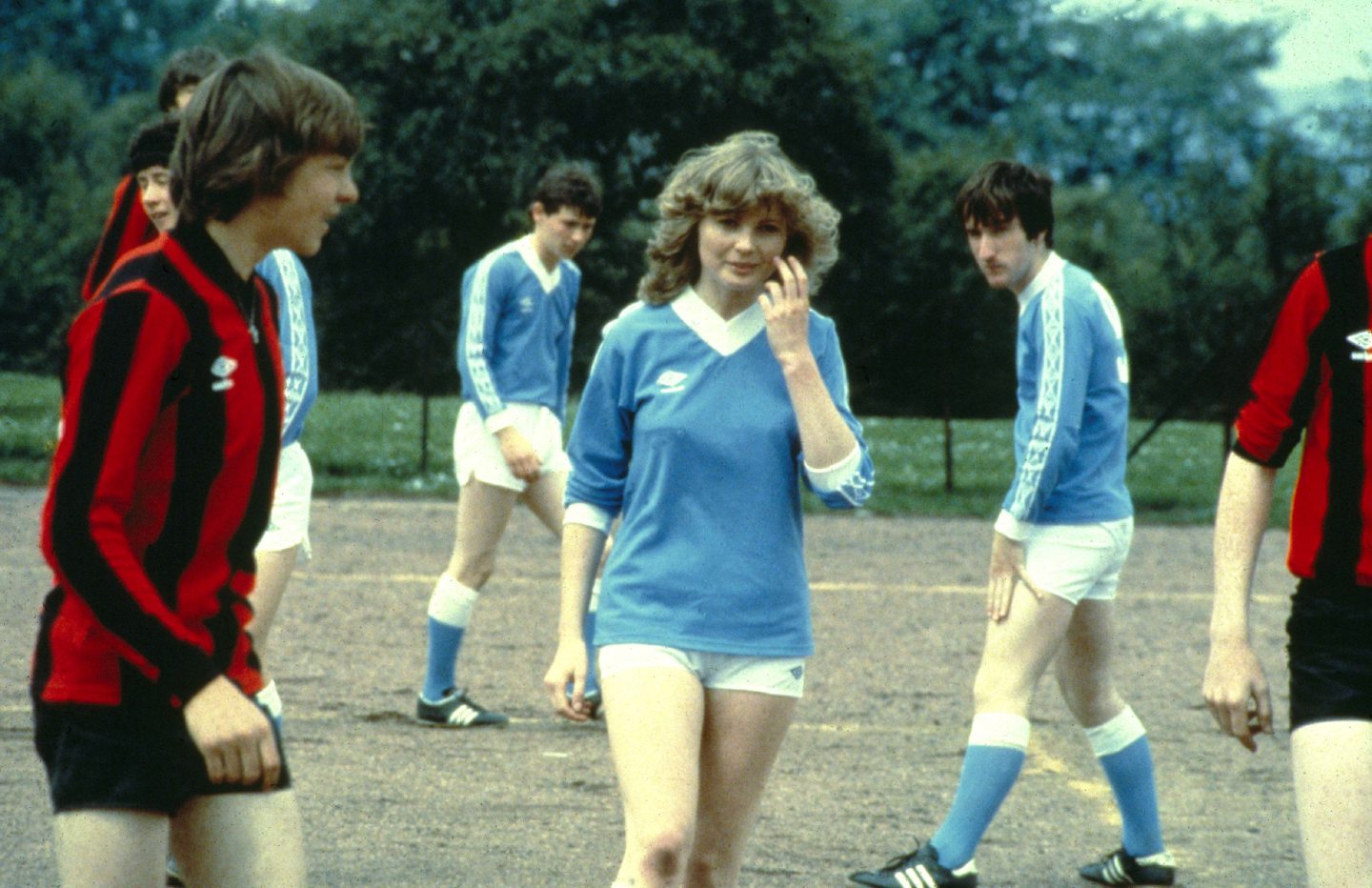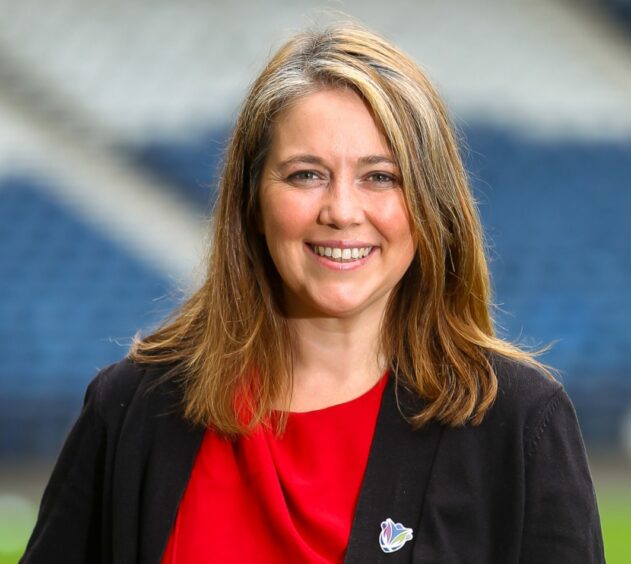Those of you old enough to remember the film Gregory’s Girl will know what I mean about the special pride I felt the first time I watched my daughter play football with a group of boys who thought she hadn’t a chance.
After tackling one and expertly dribbling around three, she smashed the ball into the top left-hand corner of the net from outside the box to much jaw-dropping from the sidelines.
A girl who can play football? A girl who, when she told a teacher she wanted to be a professional player, was ridiculed. This girl now makes her living out of playing and coaching.
When she first started coaching, some of the young boys were disappointed to “get the girl” but now actively seek her out, not only because she’s a great coach but because she plays for Aberdeen FC, has been capped for Scotland under-19s and is regularly in the papers and on the telly!
‘Girls playing football is now the norm, rather than the exception’
For many young girls, the unusual instance of a girl taking on the boys at football as depicted in Gregory’s Girl no longer resonates.
They’ve been playing for as long as they can remember. They’re encouraged to be good at it and they’ve got grassroots clubs they can play for. Girls playing football is now the norm, rather than the exception.
Indeed, there are more girls getting involved in the sport than ever before.
In this region (North of Scotland) the number of girls registered with the SWF has recently risen from 700 to 2,500.
This is hugely encouraging but, and judging by the findings in this survey by The Press and Journal, we’ve still got a long way to go.
Not enough profile and, worryingly, high instances of discrimination are the perceived barriers to attracting women into football, according to this survey.
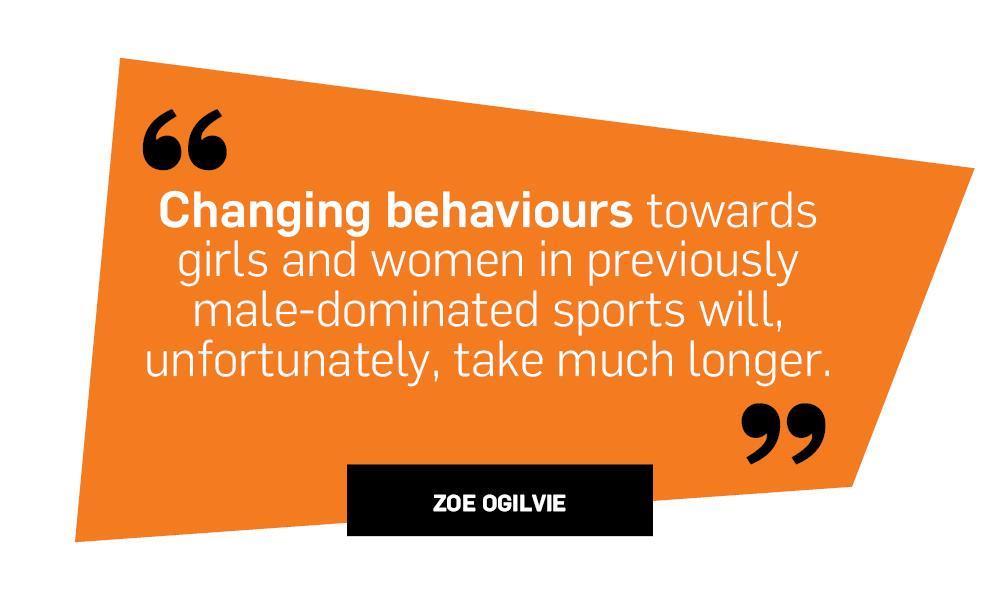
The lack of profile can be easily fixed and is already increasing. Unfortunately, the discrimination, particularly the sexism, is not such an easy fix.
The increase in female football pundits, such as Alex Scott and Shelley Kerr, has helped the profile but drawn praise and ridicule in disproportionate numbers.
Not to mention the sexist remarks on their punditry, particularly from those who hide behind anonymous handles on Twitter.
Changing behaviours towards girls and women in previously male-dominated sports will, unfortunately, take much longer.
We’re still trying to get more females into corporate boardrooms and we’ve been working at that for a lot longer than we’ve been trying to get them onto the pitch!
Making significant in-roads
This aside, there’s never been a more positive or better time for the women’s game in Scotland.
We’ve got some passionate women driving the game forward. Aileen Campbell at SWF and Fiona McIntyre at the SFA are championing the game at the highest levels, lobbying government and the governing bodies and helping to raise the profile through improved broadcasting rights and greater engagement to increase participation among girls in the beautiful game.
These organisations are in no way perfect and need to up their game to accelerate the development of women’s football but they are making significant in-roads.
In this region, we’re also fortunate to have some great clubs with clear pathways, such as Montrose, Stonehaven, Westdyke and Buchan to name a few.
And then we’ve got Aberdeen FC whose women’s team is now in the top flight of Scottish women’s football after back-to-back promotion from the lower leagues.
There’s no doubt these young women at AFC are role models for young girls and are helping to attract more of them into the sport.
In terms of profile, the game-changer was probably when our national team qualified for the Euros in 2017 and then the World Cup in 2019.
Suddenly, women’s football was on our radar and in our living rooms and both participants’ and spectators’ appetites for the sport grew dramatically.
As a result of this demand, we’re seeing an increase in TV coverage with regular SWPL1 football on BBC Scotland and live broadcasts of matches on BBC Alba.
Our national newspapers may be lagging behind but it’s great to see the DC Thomson stable increasing its coverage of women’s football and shining a spotlight on girls’ grassroots football through this survey and subsequent features.
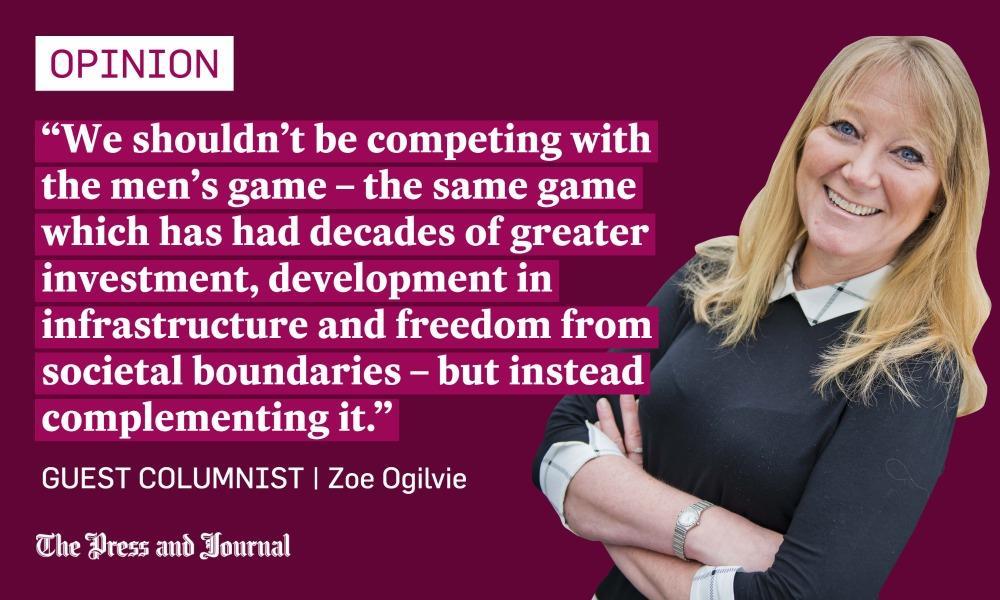
The more column inches women’s football secures, the more sponsors it will be able to attract and, ultimately, it is these sponsorship deals which will bring more money into the game.
This not only enables clubs to invest in professional contracts for our talented players but also provides investment in the infrastructure to deliver pathways through girls’ grassroots football.
Time to invest in women’s football
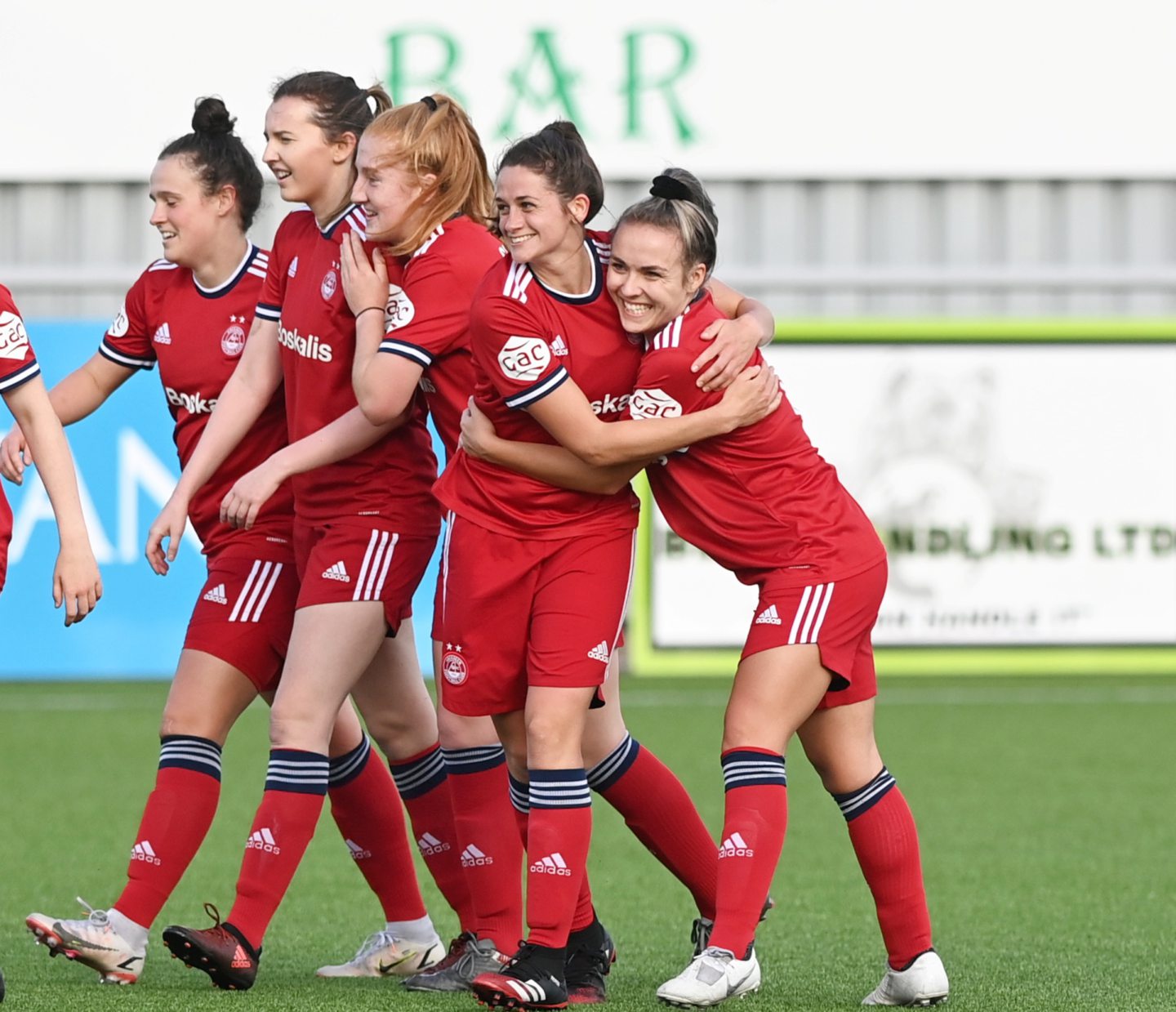
According to Sky, 2021 was a breakthrough year for women’s sport, with new competitions, broadcast deals and audiences.
While the pandemic put a temporary stop to participation, and halted professional sport, it didn’t dampen the appetite of sports dealmakers.
Indeed, the commercial momentum that had been gathering around women’s sport picked up pace.
With diversity and inclusion high on corporate agendas, we need to encourage more brands to invest in women’s football.
At Aberdeen FC, it is this focus on diversity and the desire to tap into new audiences that has attracted sponsors such as Boskalis, Tendeka and GAC.
For too long, we’ve been comparing women’s football to men’s. We’ve been too quick to accept that women’s football doesn’t present a strong commercial opportunity when it does.
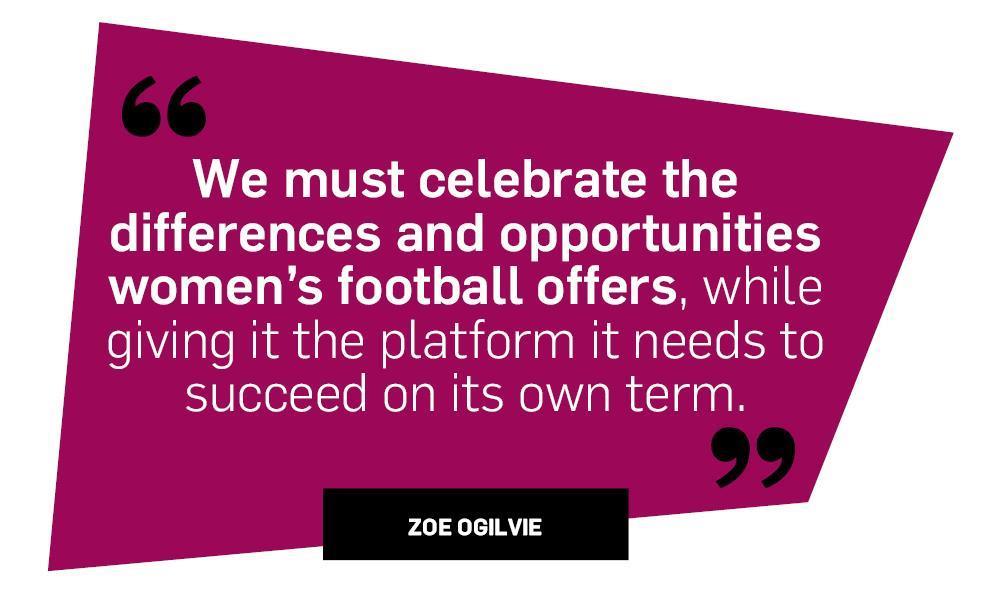
What I enjoy when watching Aberdeen FC Women is the fun, friendly, family atmosphere where the enthusiasm among the considerable numbers of young boys and girls is palpable and the interaction between them and players at the end of each game is meaningful to both.
We shouldn’t be competing with the men’s game – the same game which has had decades of greater investment, development in infrastructure and freedom from societal boundaries – but instead complementing it.
We must celebrate the differences and opportunities women’s football offers, while giving it the platform it needs to succeed on its own terms.
Only then will we attract the investment and gain the profile needed to encourage more young girls into the sport and get them playing at a higher level because they see a future in it.
Op-ed by Zoe Ogilvie, non-executive director of Aberdeen Football Club
Read more from this series
- Survey reveals scale of sexist abuse facing those who love the game
- Rachel Corsie: You can think I’m the worst player in the world but don’t tag me in posts or say nasty remarks
- Amy Strath: We are playing our own game – it is women’s football. We deserve to be treated with respect
- Sophie Goodwin: I was too scared to call out abuse in women’s football before. But that’s what I’m doing now
- ‘Great strides made but we must remain vigilant to combat sexism in football’
- Georgia Carter: Online abuse has to be taken seriously for women’s football to grow
- Elsie Cook: We have to speak out against sexists. We can’t let them win
- Donna Paterson: We were left to get changed in the stands… You’d never see that in the men’s game
Credits
Words and interviews by Sophie Goodwin and Stephen Stewart
Story design by Cheryl Livingstone
Graphics by Carly Gilchrist
Data visualisations by Emma Morrice
Video by Drew Farrell, Kim Cessford and Gregor Aiken
